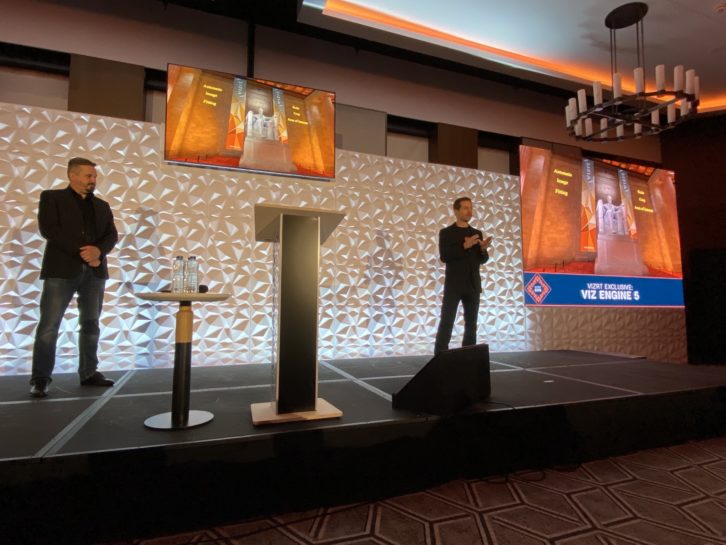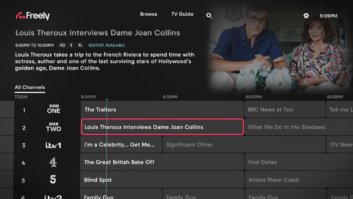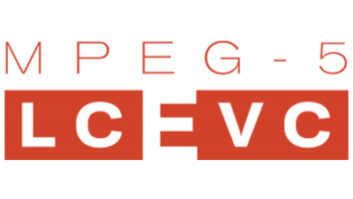Vizrt is releasing the latest version of its Viz Engine graphics compositor, including adaptive graphics and a revamped integration with Unreal Engine.
Adaptive graphics is a single workflow, multi-platform content delivery that automatically adjusts resolution, format, and layout to support specific display devices, ensuring the graphics are optimised for the viewer, said the company. It enables graphic artists to create once and publish multiple times, saving time, reducing errors, and improving the quality of production.
Among its new developments is an ability to work with vertical video. Vizrt’s chief technology officer Gerhard Lang tells TVBEurope the aim is to give users the same quality results for vertical video, square video or different screen formats that they can achieve for the standard linear production in Ultra HD or HD.
“Adaptive graphics can help the designer to create a new variation of their work,” he adds. “They can create the graphics in 16:9 aspect ratio and is still the same scene when viewed in the 9:16 output ratio. We are using Flexbox architecture for that to give a hint to the designer or suggest what we think would be the best layout. But the user or the designer can adjust what they want the graphics to look like at any point for that output format.”

Lang adds that this new functionality has been developed at the request of Vizrt’s customers, but the company also saw a need for it within the wider industry.
“Sports is probably at the moment one of the driving forces with TikTok becoming a relevant distribution channel, obviously everything is vertical there,” he continues. “We did some initial tests and proof of concepts with Sky Germany where we used a combination of different key AI technologies plus an operator input to cut out a vertical part of an Ultra HD clean feed and are focus only on the stuff that’s relevant and can be shown on vertical. Obviously the amount of visible area is greatly reduced, but that is what we’re aiming for. It’s not just about the graphics, but creating a workflow that is usable by the customers.”
Viz Engine 5 also includes a completely revamped integration with the Unreal Engine, enabling virtual graphics designers to leverage the capabilities of Unreal Engine in large-scale virtual environments with data-driven graphics from the Viz Engine.
The software also includes a completely reworked clip playback experience, a set of HDR workflows, video I/O that caters to all relevant formats, empowered PBR import capabilities, as well as other features and benefits focused on streamlining live production workflows for broadcasters.
Viz Engine 5 will be available from September.






